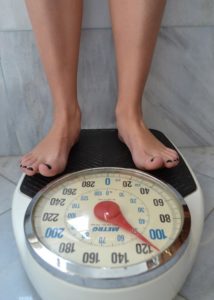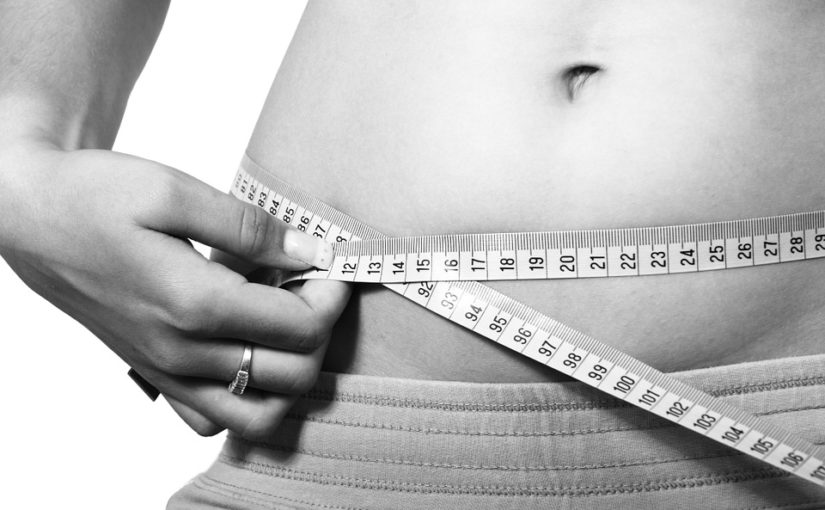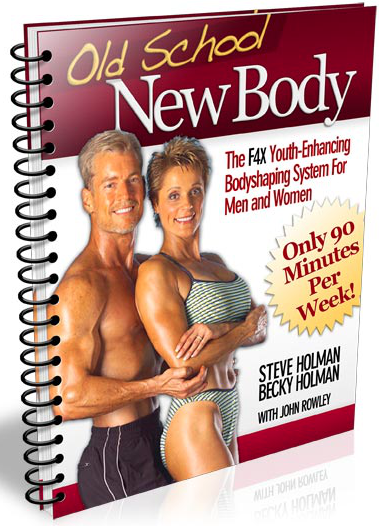I’ve been studying diet and fat loss for over twenty years. I’ve experimented with “fat burner” supplements like the ECA stack. I’ve also tried everything from low fat to low carb to intermittent fasting with varying levels of success.
Here’s one thing I’ve noticed: successful diets usually have three rules/factors in common, each starting with the letter “C”
I’m hoping this short post will help you cut through some of the hype about losing fat. What I’m about to share isn’t new—it’s just my simple way of expressing some basic things about diet and fat loss. Let’s move on to the three “C’s.”
Rule #1 CALORIES: burn more than you consume
Yes, you guessed it—all successful diets are based upon a negative calorie balance. You must be using more calories than you consume in order to lose fat. Everything else is secondary.
Example: A few years ago a nutrition professor at Kansas State University decided to try to lose weight on a “Twinkie diet.” Two-thirds of his caloric intake came from junk food (snack cakes, etc.), but he made sure to eat about 1,800 calories a day (about 800 less than the usual intake for a man is age). As a result he lost 27 lb. What may surprise some is the fact that other markers of health (blood lipids, etc.) improved.
I’m not suggesting you go on a junk food diet. But the story proves an important point: the number of meals you eat, the supplements you take, and even the types of food are not as important as the overall calorie balance as far as fat loss goes.
Here’s a general guideline for daily calorie consumption:
10-12 calories x body weight (lb.)=weight loss
15 calories x body weight (lb.)=maintenance level calories
16-17 calories x body weight (lb.)=weight gain
You will have to adjust these numbers to your particular situation. Those with higher activity levels may need to raise these numbers a bit. Those who are obese would probably need to lower them. But what I’ve shared here is a pretty good general rule.
Rule: #2 COMPLIANCE: find a diet that you can/will follow
The second rule fat loss is compliance. In other words, you have to find a diet plan that you can stick to long enough to see the desired results.
Example: I know some trainees who regularly eat six meals a day. But most of them are competitive bodybuilders, trainers, or professional fitness models. Their lives (and salaries) revolve around their physiques, so it makes sense for them to invest a great deal of time into meal planning. But frequent meals are not necessarily better, so you don’t have to eat this way to get lean. This is good news for people like me—I’m not interested in preparing that much food (and even spending that much time eating) on a daily basis.
I would encourage you to experiment and find something that works for you, remembering that you can’t escape the first “C” (calories). I really intermittent fasting, but you may find some other plan that keeps you within your caloric range. Choose a strategy that you can implement day after day, week after week–the most enjoyable or least “painful” for your specific situation.
Rule #3 CARBS: Manipulate your carbohydrate intake
This third “C” is not nearly as important as the first two. Having said that, here’s something I’ve noticed: most people who get really lean do so by manipulating their carbohydrate intake. Notice I said, “manipulate,” not necessarily “eliminate.”
Eating low/zero carbs can help optimize your hormones for burning fat. Here’s how it works: your muscles and liver contain glycogen (glucose in the muscles), which is used for fuel. Going without carbs will lower glycogen levels, encouraging your body to use fat as its fuel source (there’s more to it than that, but that’s the short version).
Most effective diets manipulate the effect of carbohydrates in one or more ways:
*Lowering overall caloric intake from carbohydrates and increasing the percentage of calories from protein and fat.
*The trainee eats most of his/her carbohydrates immediately before and/or after training.
*The trainee goes long periods without eating carbs, then refills glycogen stores over the period of one or two days.
*Carbohydrates are exclusively eaten in the final meal (or meals) each day.
*Carbohydrates are “cycled”—a set number of low carb days followed by days of higher carb consumption.
*Some find that they do better by eating most of their carbs at night.
Final Thoughts:
Fat loss isn’t really that complicated. Follow these simple principles I have shared and you’ll have a much better chance at achieving the level of leanness you desire.
I haven’t said anything about exercise yet in this post. I’d recommend a combination of weight training and cardio for best results.


